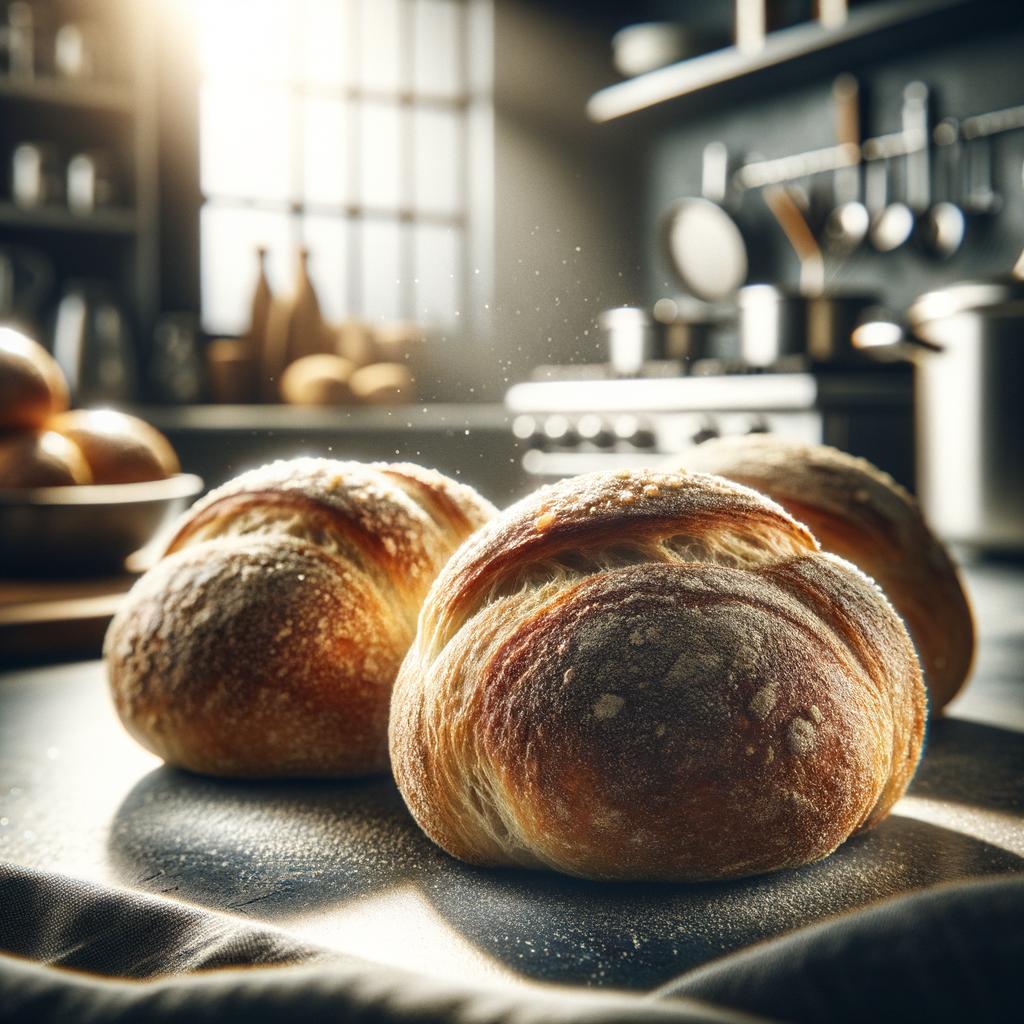Crusty Rolls

Description
Crusty rolls, also known as artisanal bread rolls, are a delightful staple in many households. They are typically small, round breads with a golden-brown exterior that crackles delightfully when squeezed or bitten into. The crust, as the name suggests, is thick and crunchy, a stark contrast to the soft, fluffy interior that lies within. Their flavor profile is simple yet satisfying, offering a mild, slightly yeasty taste that serves as the perfect canvas for a wide variety of toppings and fillings. What sets crusty rolls apart from other breads is their unique crust achieved by a special baking process, which involves creating steam inside the oven to replicate the conditions of a traditional bread oven.
Primary Uses
Crusty rolls are incredibly versatile in the culinary world. They are commonly used in sandwiches, from the humble ham and cheese to the gourmet lobster roll. They also make an excellent accompaniment to soups and stews, adding a delightful textural contrast. In the world of appetizers, these rolls can be sliced, toasted, and served as bruschetta or crostini. In some cultures, crusty rolls hold a significant place in breakfast rituals, often served warm with butter, jams, or even just a simple drizzle of olive oil.
History
The history of crusty rolls is as rich as their taste. Originating in Europe, these rolls were a common sight in the bustling bakeries of France and Germany. The crusty exterior was a result of baking in traditional wood-fired ovens, a technique that has been passed down through generations. Over time, these rolls have traveled across continents, evolving in their making and usage. They've become a symbol of comfort food, a reminder of the simplicity and warmth of home cooking. There's a romantic notion associated with these rolls, a sense of nostalgia that comes with the scent of freshly baked bread wafting through the air.
Nutritional Information
Crusty rolls, while simple, pack a nutritional punch. They are a good source of carbohydrates, providing energy for your day. They also contain protein, and when made with whole grains, can be a source of dietary fiber. Compared to other types of bread, crusty rolls may have a lower glycemic index, meaning they could cause a slower rise in blood sugar levels. However, like all foods, they should be consumed in moderation as part of a balanced diet. The health benefits can be enhanced by choosing rolls made from whole grains, and by being mindful of the spreads and fillings used.

